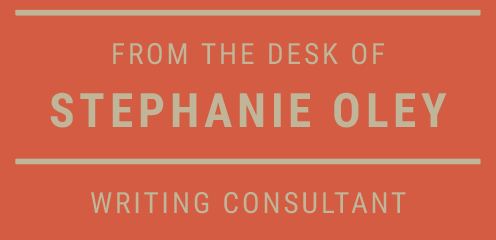
Lately I’m seeing a lot of massive PowerPoints – especially in data-heavy industries, or when presenters think audiences want the slide deck after a presentation. But it’s much kinder to separate a presentation from its follow-up report.
I had an epiphany earlier this year. We all know the rules around effective PowerPoint presentations – start with a clear storyline, use minimal slides, include cool photos and quotes.
But professionals everywhere create massive decks, with between 60 and 100 slides, all weighed down with data, facts, projections, milestones, comparisons, arrows and charts.
And I’ve only just realised why this phenomenon of PowerPoint overload happens: it’s when presenters think their audiences want a copy of the presentation afterwards. In other words, they try to make one slide deck fit two purposes – live presenting and solo reading.
Yet the last thing anyone would want after a presentation is a cumbersome PowerPoint, taking up to two minutes to open, and with all the key messages buried somewhere inside all that data. So here is my ultra-simple three-step guide to using PowerPoints.
- Plan for the live presentation to be short: around 10 slides per 20 minutes of talk, with your main points designed to support a clear call to action.
- Create a few backup slides for the live question-and-answer session, which should always follow the presentation.
- Give your audience a written handout afterwards. In other words, write a short report.
I won’t devote space in this blog to the first two points. There are countless worthy resources out there to help professionals create better PowerPoints, from people like Garth Reynolds, Eric Bergman, Lawrence Lessig and my personal favourite, Nancy Duarte. I can also offer you a short five-step overview here: Fastest ever PowerPoint checklist, by Stephanie Oley.
So here’s a short summary of the classic report writing technique I present in my report writing course at Sydney Uni’s Centre for Continuing Education. And if your industry is data-heavy by nature, this advice still applies to you. Charts, graphs, projections and other visual representations of information work superbly well in reports – they just need a paragraph of written explanation to accompany them. You can even use some SmartArt graphics, to illustrate relationships, processes, hierarchies and more. Truly!
The 7 steps to writing a report
- Analyse your objectives and audience needs, and write down your response to questions like the ones in the Melb Uni guide below.
- Grab a notebook or a stack of Post-It notes, because your first step is mindmapping away from your desk – planning should never start on a screen.
- Write a strong message statement in the middle of the mindmap.
- Write a handful of arguments to support your main proposition – three or four is a good number, just like in your spoken presentation.
- Step away from the mindmap now and turn to your screen, writing your report with a summary first before guiding your readers to each subsequent point.
- Make sure to use those juicy PowerPoint graphs, charts and projections as necessary to support your key points.
- Wrap up each section with a statement summarising its main points or segueing to the next section, and have a ‘Next steps’ section at the very end. There is no conclusion as such, because you have ideally given the reader the main takeaways and recommendations in the first half-page of the report.
This report-writing guide produced by Melbourne University and used by Sydney University is good, although it doesn’t teach you to start with a message statement and set up a hierarchy of ideas supporting this statement. Get an overview of that technique here, or go to the original author of this principle, Barbara Minto.
I’m happy to say the advice in this blog post is supported by lots of other communications experts, but I would love to hear your thoughts. Send ’em through.






